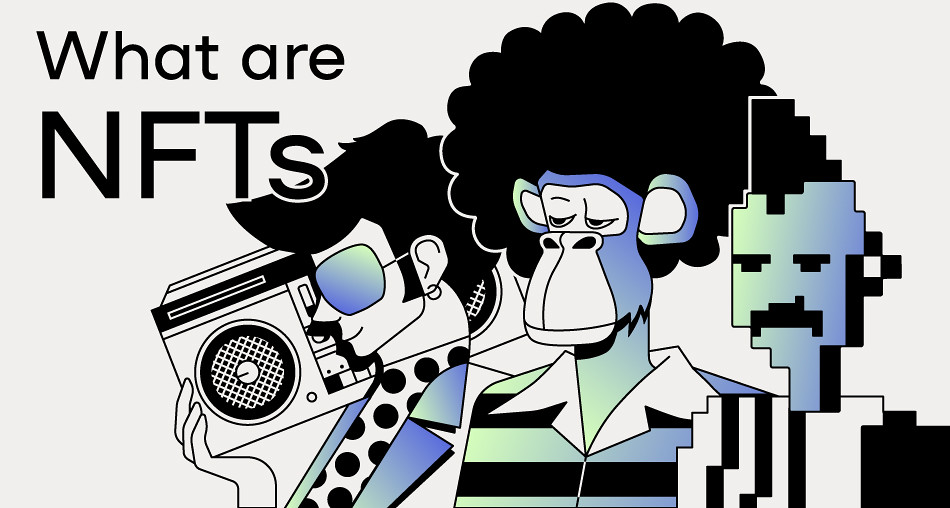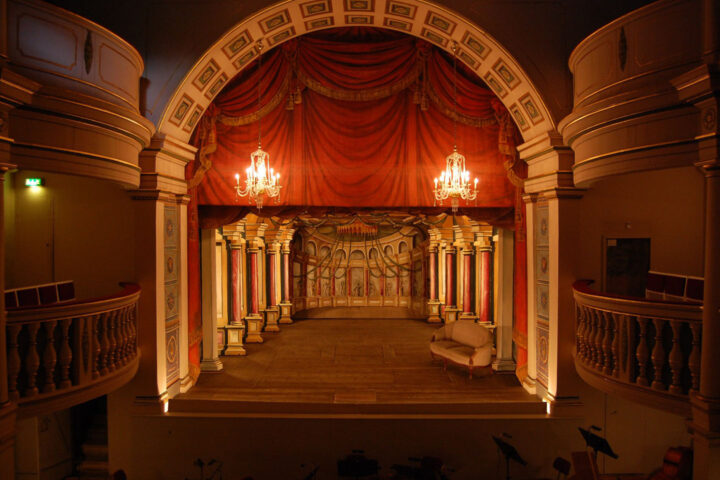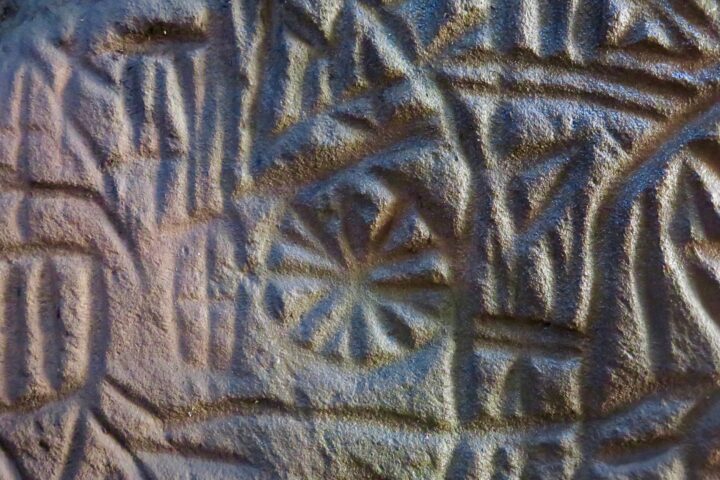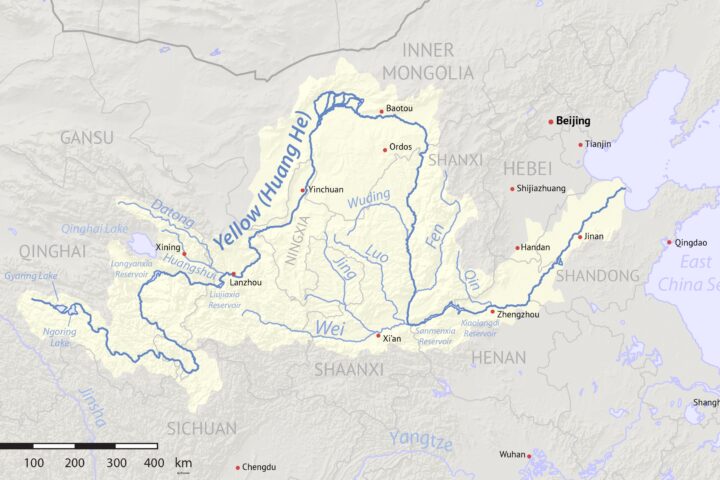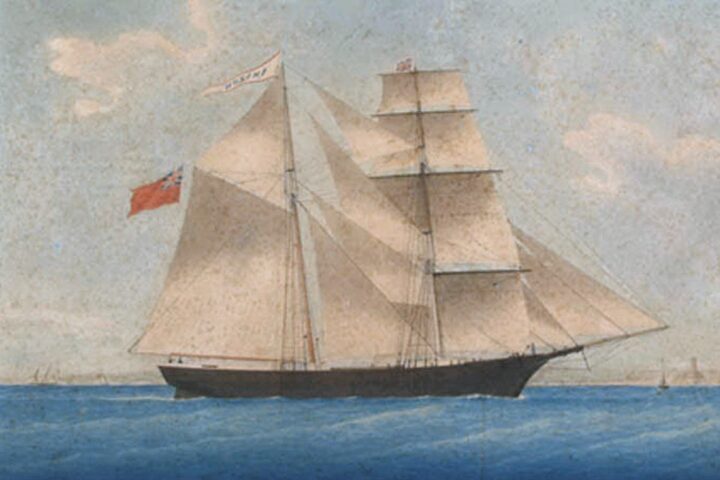Source: What are NFTs and How Do They Work CGS-team _ We are sure yo… _ Flickr
Art is eternal. That’s true. We have found cave paintings which have survived thousands of years to reach our civilization today. But this was made on rocks and stone. Would it have made it through if the medium was paper or leaves? I don’t think so. This forces one to think if what we have right now will reach our future generations safely. And without any plagiarism too.
Maybe this was what prompted modern thinkers to think of ways using which we can preserve our art. Today, we have modern technology like pen drives, computer systems, floppies, etc., which are used for storage purposes and can store several bits of data. But many still think- is it enough?
What are NFTs?
Non-Fungible Tokens or NFTs are assets. These Tokens are unique identification codes which are created by using an encryption function and then, stored on a blockchain. Pieces of art, digital content, and video are tokenized using these blockchains. What’s unique is the relation between the token and the asset- tokens are stored in blockchains and assets are stored somewhere else. This process is minting and manages NFT transfers.
An easy of understanding of how this works is to imagine an artwork you have made. You click a picture of it and upload it online. At the same time, you tokenize the picture of your artwork to store it in a blockchain. Whoever has the keys to the token now owns the rights assigned to it. Each token has an owner, and the ownership information is publicly available. This is how an NFT is made.
These NFTs are then traded in exchange for money, cryptocurrency, and sometimes, other NFTs. If the value of the NFT is high, the exchange will be of high value as well. Each NFT is unique and can’t be exchanged for any other! This quality is what attracts buyers the most.
How so? Let’s see.
What can we do with NFTs
NFT tech has revolutionized the way artists create and manage their work. This craze to create or buy NFTs reached its peak when an art piece titled ‘Everydays: The First 5,000 days’ by artist Beeple was sold for a whooping 69.3 billion dollars. The uproar it caused was no joke and everyone started wondering what NFTs actually are. Ever since then, 44 billion dollars have been spent on around 6 million NFTs.
The hype is all about a certificate of authenticity attached to an artwork and how they are literally indestructible. This certificate of authenticity proves that while there might be some copies somewhere, there is only one owner of the original. The identification code on the NFT is one of a kind and no one else can boast about owning the same artwork again.
What makes its case even better is durability. Remember how we talked about rocks, stones, and paper as mediums in the beginning? In the case of NFTS, if some hacker suddenly decides they want to destroy every NFT in existence, they would find that 99.9% of the total number would be completely unchanged. The NFTs would still be there and the art would continue to be authentic. So, basically, we are dealing with a virtual vault here- one which stores your work for you and proves that it is owned by someone.
What the community thinks
Experts believe that NFTs were created with the focus on authenticity and not aesthetic in mind. What they mean to say is that making NFTs has to do with how genuine these artworks are and not to trigger another art revolution. But as expected, criticism has also been noted, especially coming from those people who don’t want to part with traditional methods.
Even then, what has been noticed most is an easy compliance and a very excited switch to NFTs. People are more than willing to part with their money in exchange for owning an original piece of art which can’t be replicated by anyone else. This changes the market operates completely- a physical painting of a dog might not sell for much but a crypto image of the same dog will sell for millions.
Art traders and auction houses are also on board- they no longer have to spend much of their own money to sell art now! They don’t need storage spaces, logistics teams, and handling payments to take care of and sell artworks. All they need is access to this tech and they are set for life!
The artists must be making gold then? This is what most people think but sadly and surprisingly, No. Other than the ones making millions, a big percentage of the artist population sells their NFTs for prices less than 400 dollars which isn’t enough to make up for the cost of making the blockchain. But once started, it’s hard to turn elsewhere.
If you are interested yourself, you can look up ‘Everydays: The First 5,000 days’ and other NFTs like Crossroads, WarNymph, CryptoKitty, and CryptoPunk on the net. Looking at these will help you realize that this art is nothing different from the traditional ones. Only one thing sets the two paradigms apart- Authenticity.
Resources
What are NFTs?
- Non-Fungible Token (NFT): What It Means and How It Works. (2024). Investopedia. https://www.investopedia.com/non-fungible-tokens-nft-5115211
- Art and Creativity: NFTs in the Digital Art Space. (2023, September 17). Doubloin. https://www.doubloin.com/learn/nfts-for-digital-art
What can we do with NFTs
- Chow, A. R. (2021, March 22). NFTs Are Shaking Up the Art World—But They Could Change So Much More. TIME; Time. https://time.com/5947720/nft-art/
- Vasan, K., Milán Janosov, & Albert-László Barabási. (2022). Quantifying NFT-driven networks in crypto art. Scientific Reports, 12(1). https://doi.org/10.1038/s41598-022-05146-6
- What NFTs Mean for Contemporary Art | Magazine | MoMA. (2021). The Museum of Modern Art; MoMA. https://www.moma.org/magazine/articles/547
- One Year After Beeple, the NFT Has Changed Artists. Has It Changed Art? (Published 2022). (2024). The New York Times. https://www.nytimes.com/2022/03/03/arts/design/nft-art-beeple.html
- Forbes, M. (2021, July 7). NFT Digital Artwork: What Is It and How It’s Changing the Art World? TheCollector; TheCollector. https://www.thecollector.com/nft-digital-artwork-what-is-it-and-how-its-changing-the-art-world/
What the community thinks?
- Forbes, M. (2021, July 7). NFT Digital Artwork: What Is It and How It’s Changing the Art World? TheCollector; TheCollector. https://www.thecollector.com/nft-digital-artwork-what-is-it-and-how-its-changing-the-art-world/
- One Year After Beeple, the NFT Has Changed Artists. Has It Changed Art? (Published 2022). (2024). The New York Times. https://www.nytimes.com/2022/03/03/arts/design/nft-art-beeple.html

